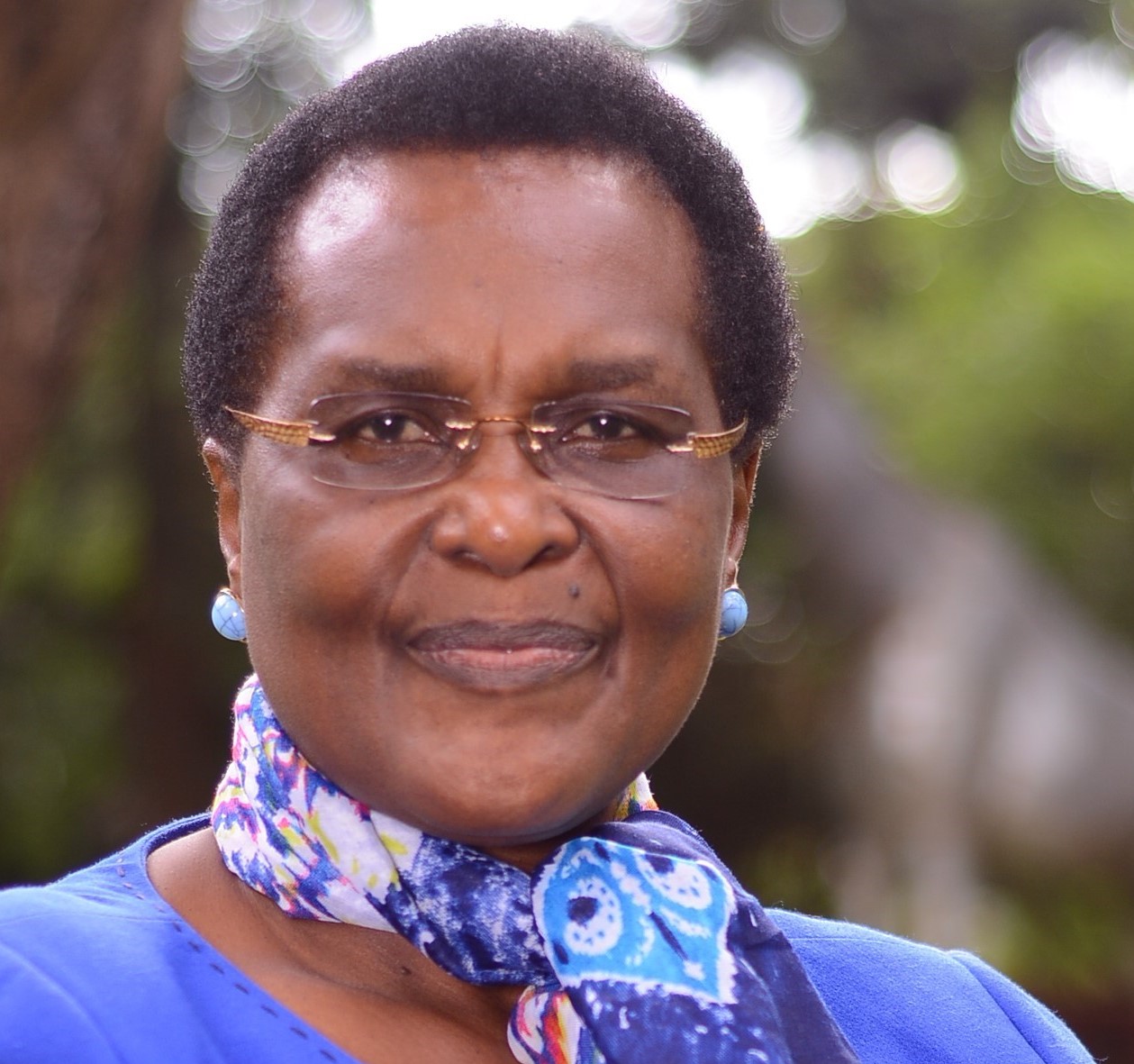Kenya is just nibbling at the shipping, fishing, mining, tourism and sports opportunities offered by its seas, lakes and ocean access, equivalent to more than 31 extra counties in surface area.
Ambassador Nancy Karigithu, Special Advisor on Blue Economy at the Executive Office of the President of Kenya, says the Indian Ocean waters bodies stretch from the shore line (as per international conventions) and could mean an area equivalent to 31 more counties.
Other liquid estates include Lake Victoria, the third largest fresh water lake in the world (after Caspian Sea in Russia and Lake Superior (Canada and United States. Lake Turkana, also called the Jade Sea, has a lot of unexploited resources – enormous potential in tourism and fisheries. “We have unique water bodies that remain unexploited,’ she said during the International Maritime Day.
According to the Secretary-General, International Maritime Organization (IMO) Arsenio Dominguez this year’s World Maritime Day themed: “Navigating the future: safety first!” calls for collective effort to ensure we keep pace with the ongoing transformation in shipping”.
“And at IMO, we must ensure the continued development and implementation of the regulatory regime to prioritize safety as we steer towards tomorrow,” he said in a statement.
Karigithu said Kenya has incredible resources with opportunities to exploit food, tourism, transport, aqua culture which can create jobs and boost exports among others.
She described the Blue Economy as a generic term that describes economic exploitation of oceans, inland water bodies and seas.
“The world should be called Planet Ocean and not Planet Earth. About 71 per cent of the world is water even when you exclude inland waters. We are told that we don’t know half of the resources available under the sea, both living and non-living assets,” she said.
She commended Mount Kenya University (MKU) for gaining accreditation of its new Malindi Maritime Academy from the Kenya Maritime Authority in Malindi town. She appealed to the private sector to do feasibility studies on investment opportunities in water bodies, such as cottage industries to support this sector.
“We are headed for automation, but there is still a demand for skilled workers,” she added.
On gender, Karigithu said the shipping industry has been a man’s world. Only two percent of seafarers globally are women, yet the world cannot transform with only men (half the gender).
She said South Korea’s industrialization relied heavily from the experiences, connections, training and investments from its workers in the global maritime industry.
Challenges
Karigithu admitted that there are many drawbacks in the sector. “Most seas are under no man’s jurisdiction and there governance issues. There is ongoing digitization and cybersecurity issues. How do we navigate into the future while keeping an eye on the ball?”
For instance, in June 2017, a Cyberattack on logistics company Maersk affected shipping terminals worldwide and even led to the shutdown of the Port of Los Angeles, one of the largest cargo terminals, in the world for a few days. Operations were disrupted, ports closed and Maersk resulted to conducting business on paper just to get goods moving from ships to the shore again. The attack cost the Danish shipping giant $300 million (Ksh 38.7 billion), and it has definitely changed the way the shipping industry looks at cybersecurity.
“We are interconnected as a global community and shipping is vital,” Karigithu observed. In March 2021, the Suez Canal was blocked for six days by the Ever Given, a container ship that had run aground in the canal. By 28 March, at least 369 ships were queuing to pass through the canal, stranding an estimated US$9.6 billion worth of trade. Kenya’s imports and exports delayed, causing millions in losses.
Technology transfer issues
Karigithu says there is a whole lot of research that will involve experts in future (maritime workers) which Kenya lacks at the moment. Ongoing technology changes in the shipping industry means training and re-training of staff.
And whereas the future is in clean and green fuels, information is lacking. The new fuels means the transportation, production, storage and the whole supply chain changes. We need new standards at the ports. A whole new research on the implications for Kenya is needed.
“We may not the resources as the developing world, so IMO (International Maritime Authority, the global maritime standards and rules setting body) must come up with a balance of changes and time limits so that the developed and undeveloped countries move together. Unfortunately, Africa is caught up in international funding bottlenecks that limit access to finance.





